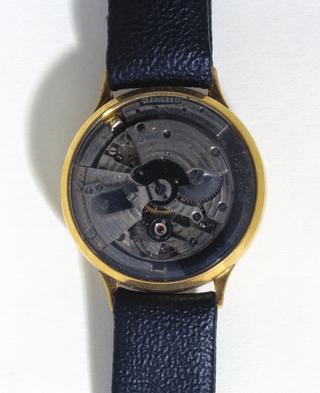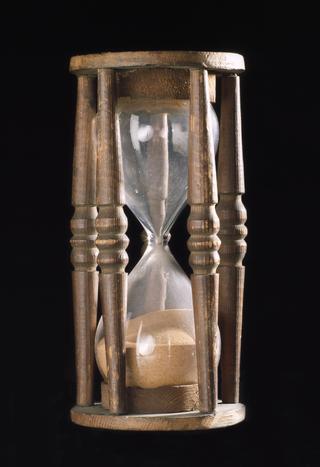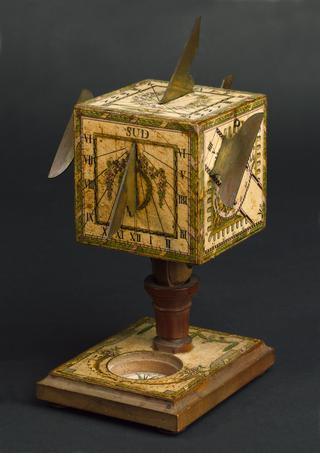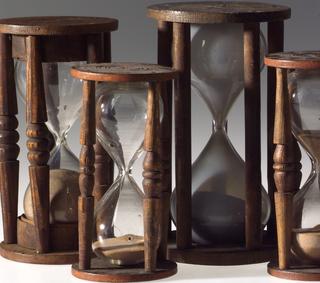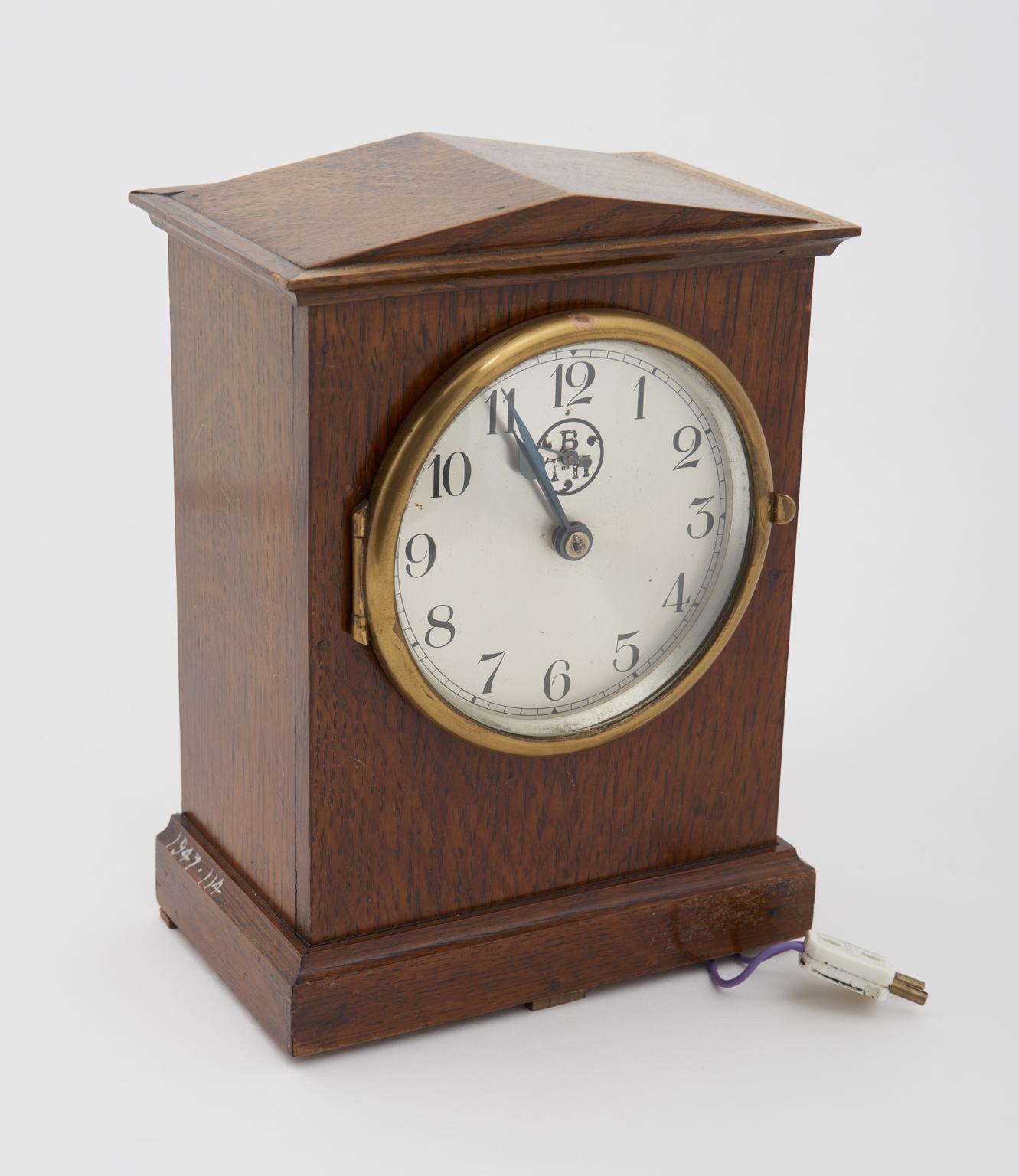
'Clinker' Mains-Driven Non-Synchronous Electric Clock
'Clinker' electric-mains-driven pendulum clock, in oak case, for 50 cycles, 200-250 volts, by British Thomson-Houston Co. Ltd., United Kingdom, invented c. 1931
More
In this clock, invented by R. C. Clinker of the B.T.H. Co. in 1932, impulses to the pendulum are given every swing by means of an electro-magnet excited from the AC mains supply. The electro-magnet is ‘tuned’ to the frequency of the supply by means of a parallel capacitor, and both are fed from the mains through a small series capacitor. As the pendulum approaches its central position, its iron armature approaches the fixed electro-magnet, altering its effective inductance, and throwing its circuit out of tune. The current in the circuit is therefore reduced and the pull on the armature decreased accordingly. It can be shown by fairly simple electrical theory that both these effects have a small time-lag, so that the pull on the pendulum is slightly less as it moves away from its central position than on its approach to that position on its downward swing. The pendulum therefore receives a net impulse every swing. The pendulum operates the clock dial mechanism through a one-sided crutch and a simple pawl-and-ratchet mechanism. For proper operation, the pendulum requires a fairly large arc of swing, and the clock cannot be considered one of high precision, but is accuracy is sufficient for normal domestic purposes. The power consumption is extremely small.
- Materials:
- iron , oak (wood) , glass , brass (copper, zinc alloy) and steel (metal)
- Object Number:
- 1947-114/1
- type:
- clock
- Image ©
- The Board of Trustees of the Science Museum



